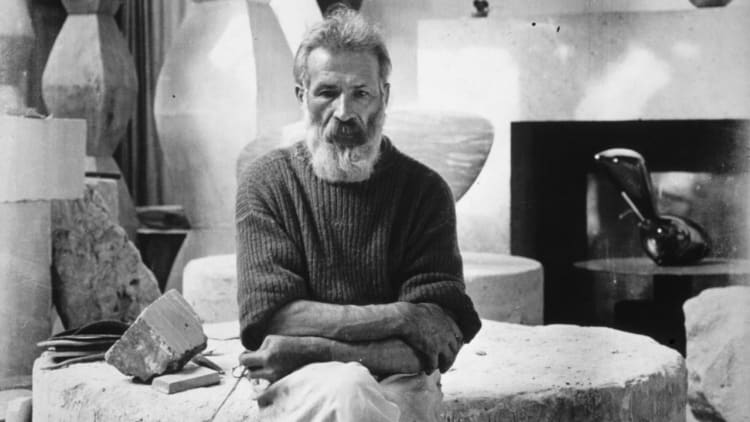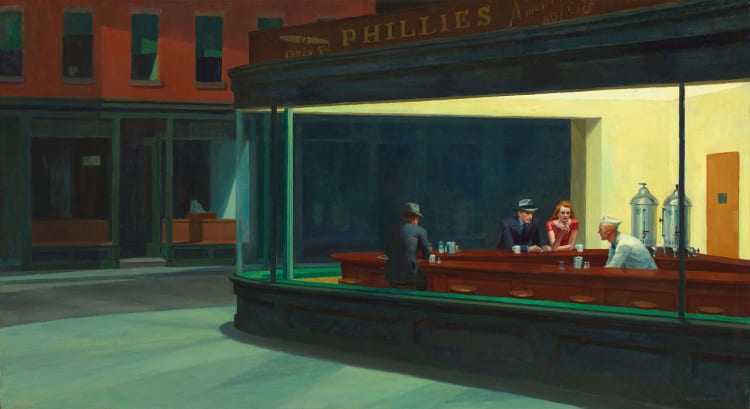You are wondering about a painting, you want to be sure of its authenticity and provenance? The safest way is to consult the catalogue raisonné of the artist to whom the painting is attributed.

So what exactly is a catalogue raisonné?

According to the definition proposed by François Duret-Robert in his reference work entitled "Droit du Marché de l'Art", published by Éditions Dalloz: "catalogues raisonnés are works that list, describe, situate in time, classify and, if possible, reproduce all the works known by the artists in question.".
Not all artists are included in a catalogue raisonné
Only artists of great renown benefit from this type of work, indeed, they are very expensive to produce. To check whether or not the work of a particular artist has been the subject of a catalogue raisonné, there is a reference book entirely devoted to catalogues raisonnés. This book was published in 2009 by Marc Blondeau and Thierry Maudre is entitled "ART CATALOGUE INDEX" (A.C.I), and lists more than 500 artists benefiting from a catalogue raisonné.

Among the most active organisations for producing catalogues raisonnés is the Wildenstein Institute, which for many years has been publishing catalogues of the greatest artists such as Velasquez, Fragonard, Manet, Monet, Gauguin, etc. It is the Wildenstein Institute that is at the origin of the development and immense success of these publications among collectors, gallery owners, auctioneers and experts. Daniel Wildenstein, who directed the Wildenstein Institute until his death, recalled in his memoirs entitled "Marchand d'Art" that the establishment of a catalogue raisonné may require many years of research: thirty-five for Fragonard, forty for Monet and sixty for Vuillard!




